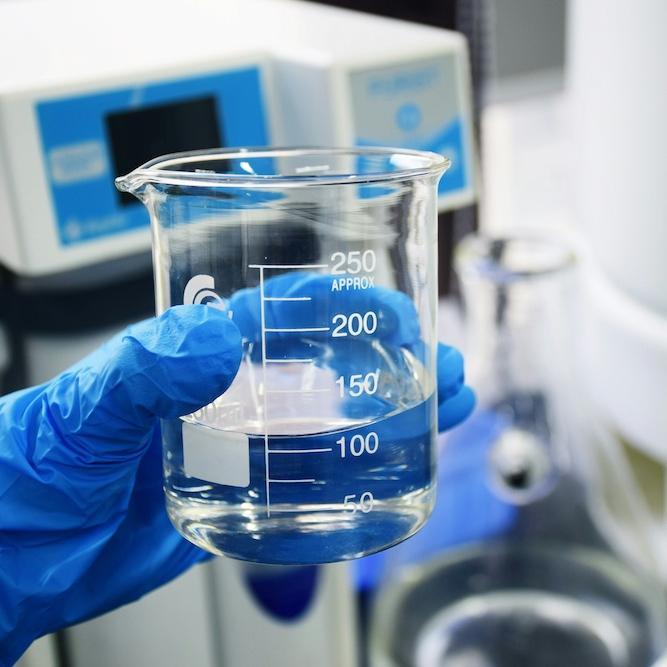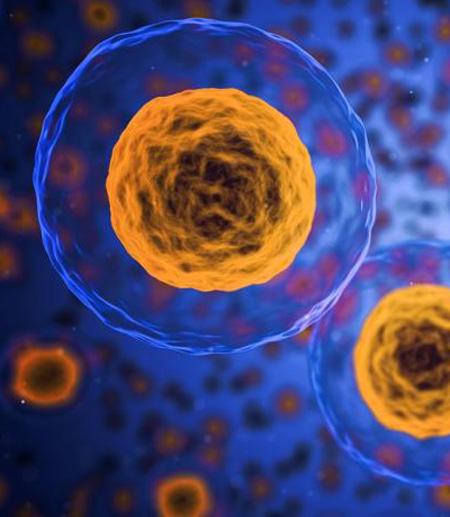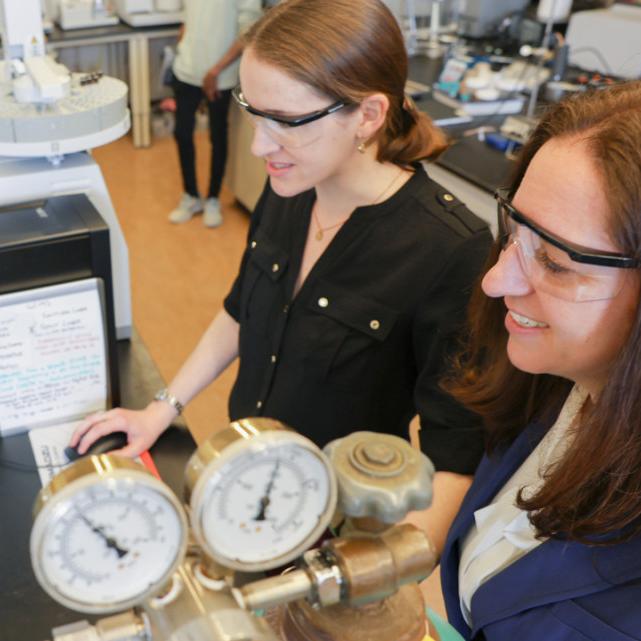
Unraveling titanium dioxide’s self-cleaning ability
Titanium dioxide is one of several minerals that are self-cleaning; they use energy from the sun to convert any “schmutz” that lands on their surface to a harmless gas, which then floats away.




